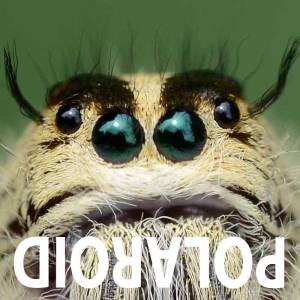Giant Asian Mantis
Hierodula membranacea
A very early safari today, for no other reason than I was awake. Plenty of material to choose from including two flies, moth, damsels, a large hopper and a skink. But as I was pulling this mantis image onto the screen and zoomed in on the head, I started to get excited. As I scrolled down the thorax, I sat up and when I reached the abdomen, noises started to emanate from my throat.
These insects are very difficult to get a full length shot with any decent focus due to their shape and bulk and this one was about the best that I have collected so far so I was a very happy chappie. I didn't bother fully processing any of the other shots, as the blip was already selected. I'll do the rest in the evening, but first I need a celebratory snooze.
The name giant Asian mantis covers many sub species of hierodula and so to accurately identify the actual sub-species is quite difficult and I guess I could be wrong. This is one of the more common mantids, often found in pet shops and easy to keep. It is impressive as an adult, growing close to four inches in body length, this specimen was around 2.5".
They will eat anything that moves and as adults they are cannibalistic. The female will try to eat the male after mating, in fact I witnessed the female eating my favorite male actually during mating when I used to keep an observation tank.
They lay about two hundred eggs which hatch into fully formed mantids. They look very cute, but when most of them escape the tank through a tiny air gap and are crawling around the house for the next couple of weeks, they soon lose their appeal.
Only the male grows wings, which appear on the final moult. The wings allow him to cover more ground when it is mating time. They do have the triangular arrangement of ocelli, as discussed on the dragon macro a few days ago, but as flying is not a large part of mantis life, they appear to be underdeveloped and difficult to see. The front ocellus is located between the antennae and the other two just behind, not visible in this image.
This specimen is actually a female, determined by counting the abdomen segments. The female has six and the male eight, a lot easier than looking for the naughty bits!
Dave
- 29
- 5
- Nikon D7000
- f/8.0
- 105mm
- 250

Comments
Sign in or get an account to comment.


